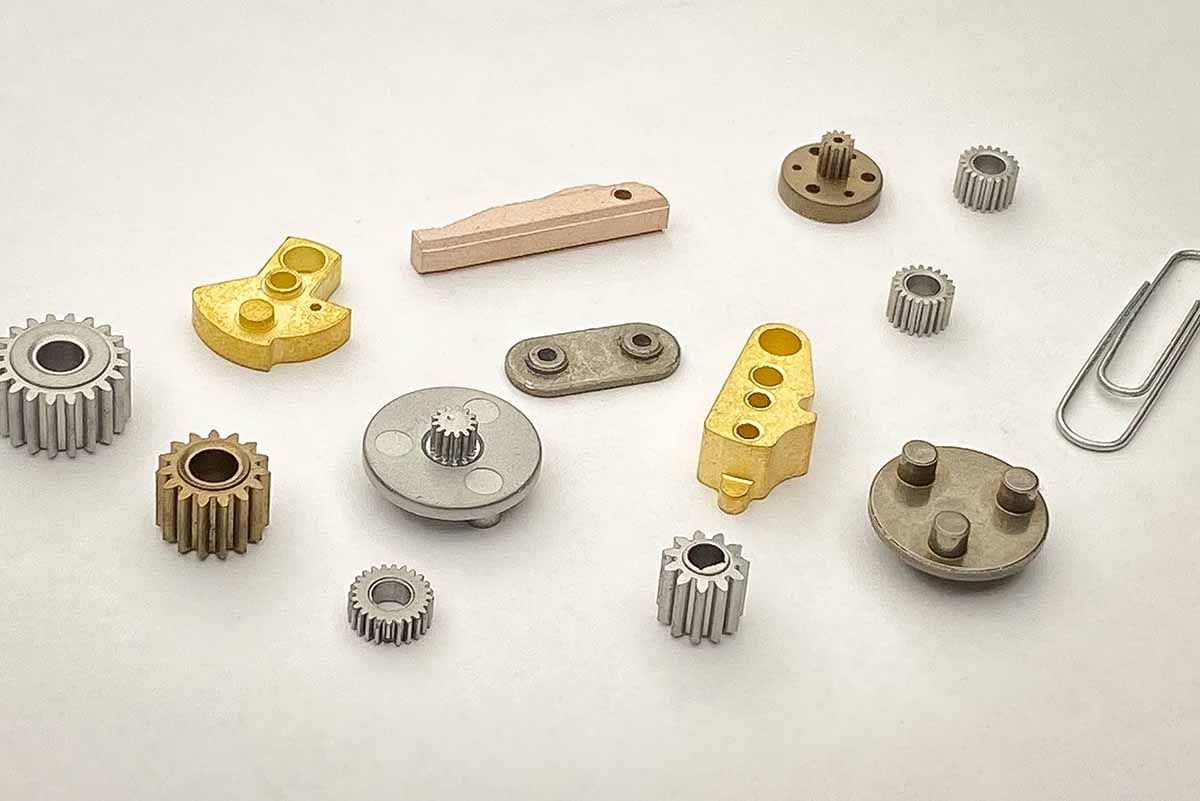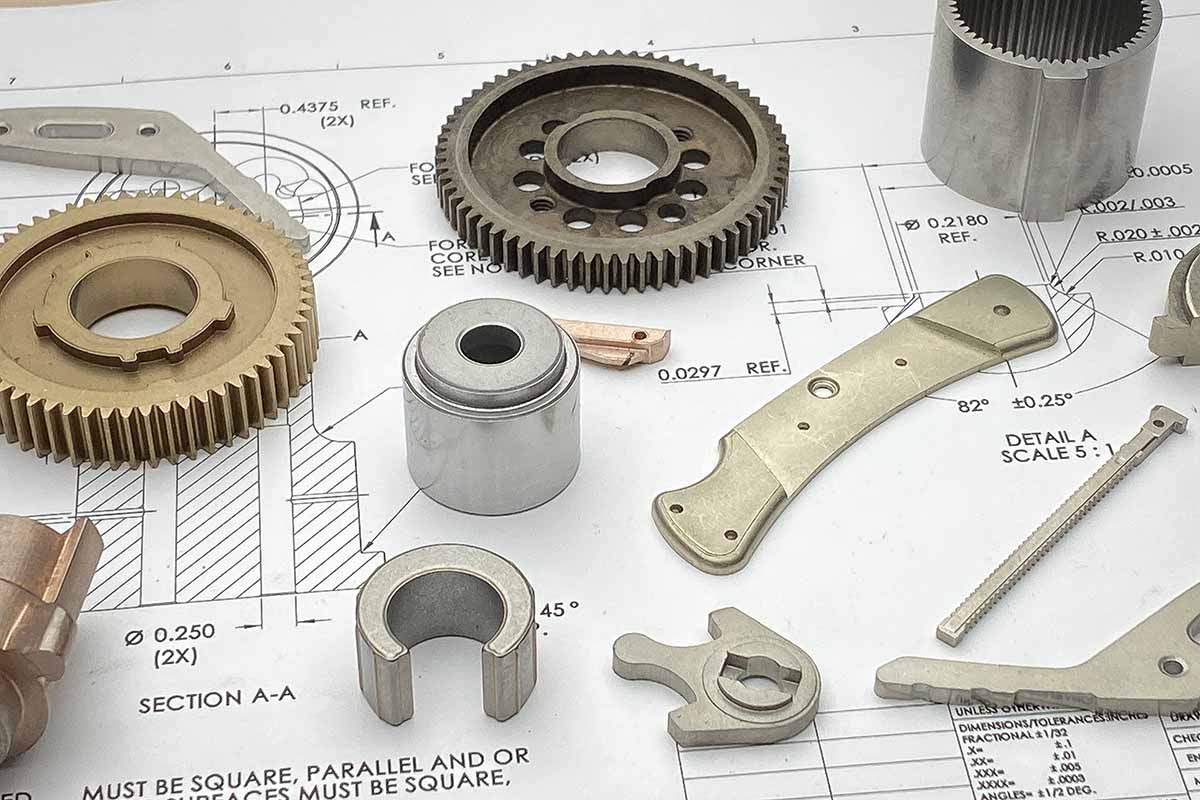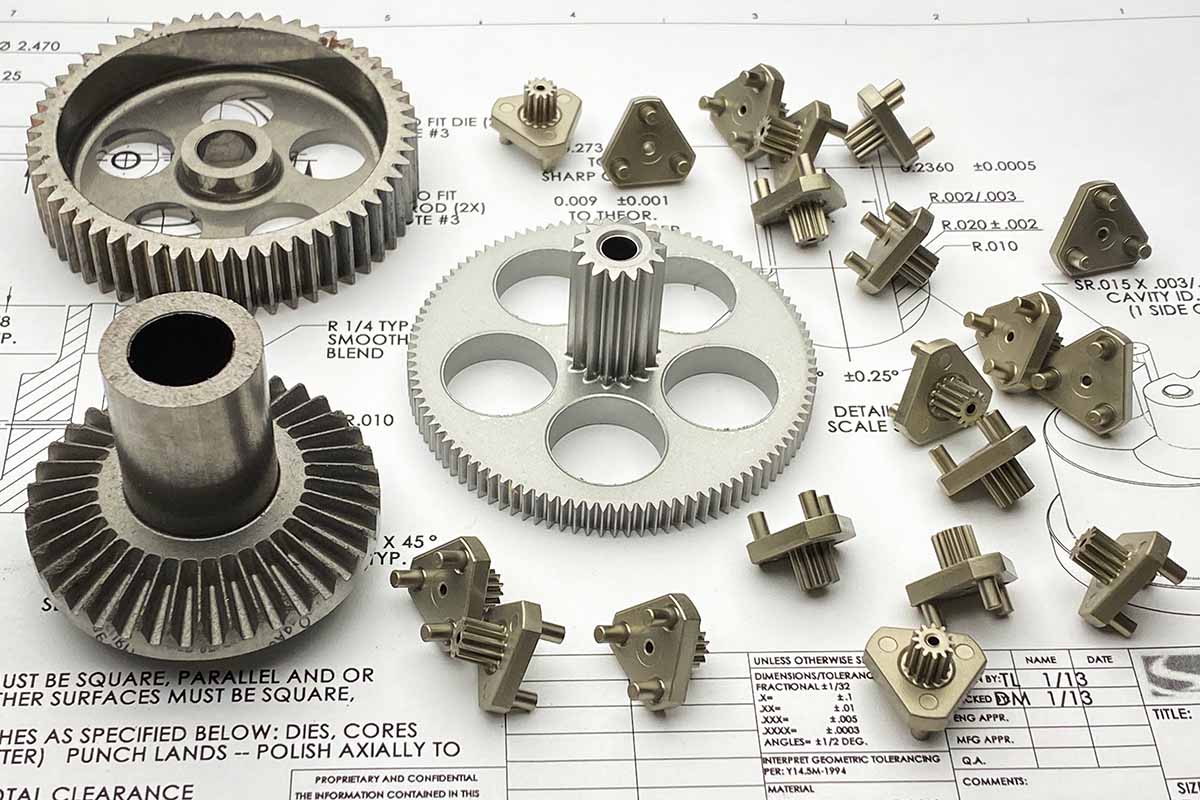Powdered metal is a sintered alloy created by making a finely powdered metal product and then compressing it. This process greatly increases the metal’s flexibility, strength, and workability.
In this article, we will explore some of the benefits of powdered metals and how they can help your business. We’ll also be discussing its manufacturing process.
Powdered Metal Technology — History
Powdered metals were first used in the 1940s when manufacturers created porous bearings and cemented carbides. Since then, they have evolved into a highly versatile alloy material. Companies are investing in this technology with every passing day.
Powdered metals have diversified the metal industry greatly, with many businesses seeking new applications for them in their industries. Therefore, manufacturers focused their research on creating more sophisticated and reliable products.
As the name suggests, this alloy consists of powdered metals. Depending on how you make a powdered metal product, it can vary in quality and composition.
Powdered Metal Manufacturing
Powdered metals can be produced through a variety of methods that are described below:
- Conventional Powder Metallurgy
- 3D Printing
- Powder forging technique
- Metal injection molding
- ECAS sintering
- Hot isostatic pressing
The metal industry uses the majority of powder metals for producing cutting tools and dies. But, it has also a wide range of applications such as medical, oil drilling services, welding equipment, jewelry manufacturing, and many other industries.
Many companies across the world are investing in powdered metal technology to diversify their business functions and increase productivity within their organization.
Metals Used in Powder Metallurgy
Powder metal can be made from many different types of materials. However, the most popular metals are:
- Aluminum
- Zinc
- Copper
- Tin
- Iron
- Molybdenum
- Manganese
- Tungsten
- Nickel
- Bismuth
These metals are present in powdered metal products like gears, cutting tools, bearings, and dies in manufacturing industries across the world. They have great properties when it comes to precision manufacturing and can withstand harsh environments.
Powdered Metal Applications
Powdered metals have many advantages that make them an ideal choice for your business’s needs as follows:
Aerospace Industry: Powdered metal is perfect for the aerospace industry because of its high-strength properties. They can provide small aerodynamic parts that maintain stability under extreme conditions such as a large amount of wind, turbulence, and pressure.
Oil Industry: For creating wear-resistant cutting tools like gears, powdered metal is ideal. In this type of work, powder metals make it easier because they can withstand high temperatures and harsh conditions which makes them ideal for processing oils.
Biomedical Industry: Controlled porous structures, such as porous coatings used for dental and orthopedic surgical implants, have been created using powder metallurgy methods to allow bony tissue ingrowth inside the implant surface.
Automotive Industry: Lastly, Powder metal is common in the automotive industry to create gears, pulley systems, and other parts that work under high pressure.
Conclusion:
Powder metallurgy (PM) has many advantages, such as precision manufacturing and resistance to harsh environments. It is best to use in specific industries to produce cutting tools, gears and other parts that work under high pressure.
Hence, Powder metals are a favourable choice for anyone looking for efficient and sturdy metal products — It’s definitely cheap, efficient and effective technology.





